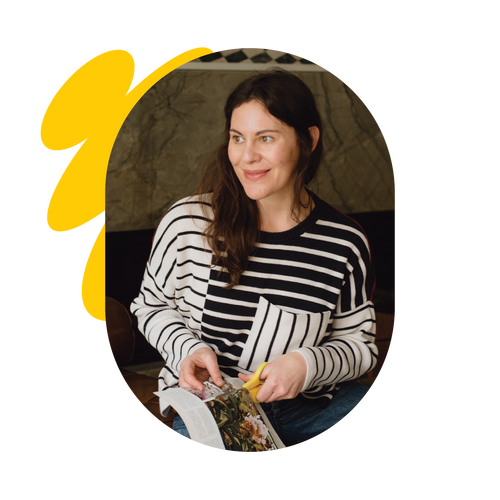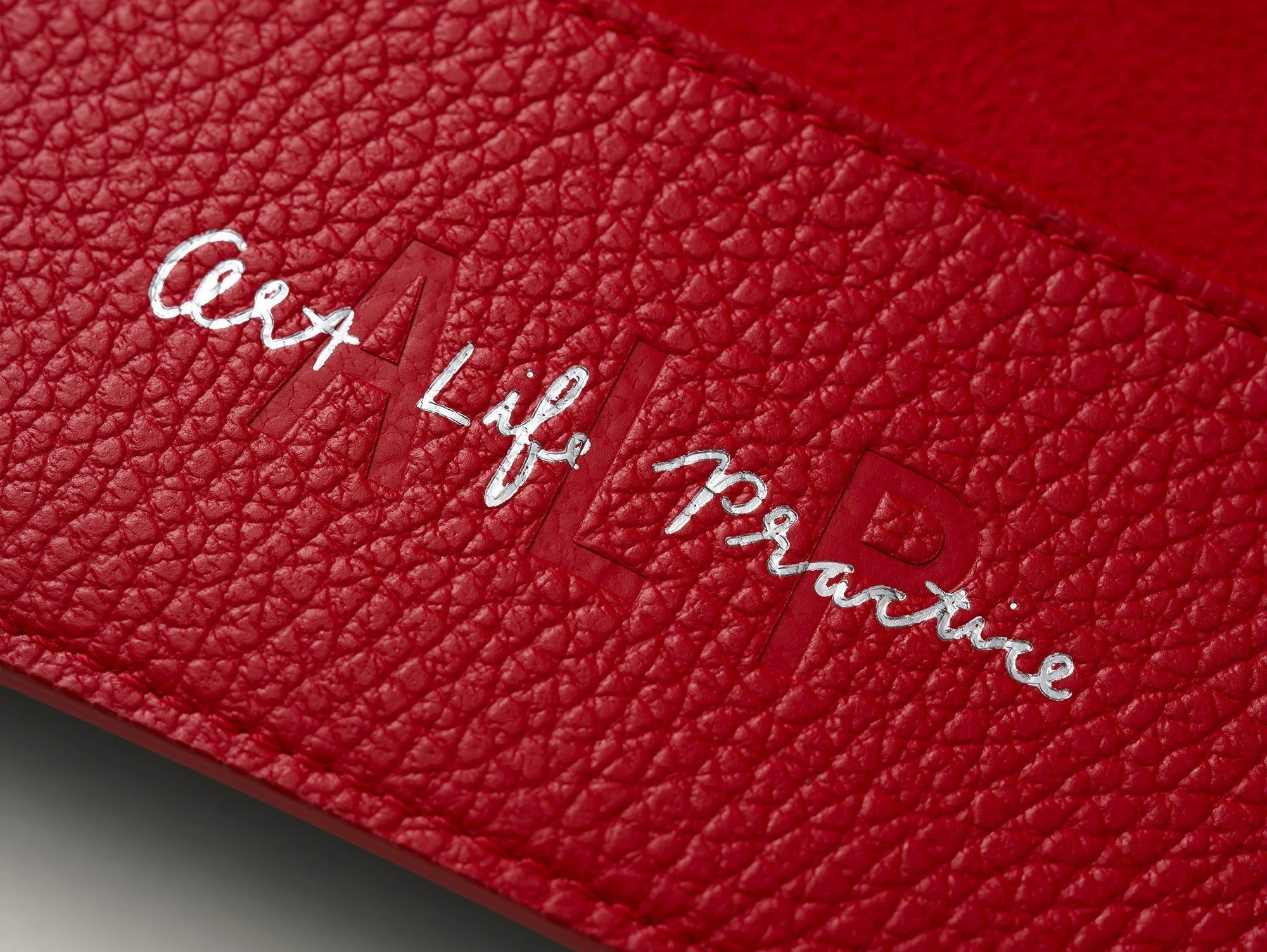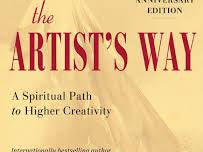Ruth Asawa (1926-2013) was a Japanese-American artist best known for creating her intricately woven wire sculptures, many resembling sinuous, biomorphic forms.
Born in 1926 in a rural CA town, she and her family were forced to live in Japanese internment camps both in California and Arkansas. She faced many hardships growing up Asian American during WWII.
In 1946, Asawa enrolled at the legendary Black Mountain College in North Carolina, and studied under the iconic teacher of all teachers Josef Albers. Her experiences there were deeply influential to her practice and it was where she said that she learned to see art as an ongoing process of exploration and experimentation.
Asawa had started exploring wire as an artistic medium after she a trip to Mexico in 1947, when she saw looped wire baskets being used in the markets to sell eggs and produce, and she subsequently learned this woven technique from basket makers.
She raised six children while working out of a studio at home. This lack of separation between art and life was intentional, and reflected Black Mountain ideals.
In addition her artistic practice and raising her children, Asawa was an avid advocate for art education. She dedicated her career to improving children's experiences of the arts through a sustained grassroots approach, which culminated in her opening a school in 1968: the Ruth Asawa San Francisco School of the Arts, which is still in existence today.









